Fort San Pedro
Fuerte de San Pedro is a military defense structure in Cebu, built by the Spanish under the command of Miguel López de Legazpi, first governor of the Captaincy General of the Philippines. It is located in the area now called Plaza Indepedencia, in the pier area of the city. The original fort was made of wood and built after the arrival of Legazpi and his expedition. In the early 17th century a stone fort was built to repel Muslim raiders. Today's structure dates from 1738 and is the oldest triangular bastion fort in the country. It served as the nucleus of the first Spanish settlement in the Philippines. During the Philippine Revolution at the end of the 19th century, it was attacked and taken by Filipino revolutionaries, who used it as a stronghold. The fort is triangular in shape, with two sides facing the sea and the third side fronting the land. The two sides facing the sea were defended with artillery and the front with a strong palisade made of wood. The three bastions are named La Concepción; Ignacio de Loyola, and San Miguel. It has a total inside area of 2,025 square metres.
TAOIST TEMPLE
CEBU CHINESE CEMETERY
Basilica Minore del Santo Niño de Cebu
The Basílica Menor del Santo Niño de Cebú, commonly known as Santo Niño Basilica, is a minor basilica in Cebu City in the Philippines that was founded in the 1565 by Fray Andrés de Urdaneta, O.S.A. and Fray Diego de Herrera, O.S.A.. The oldest Roman Catholic church in the country, it is built on the spot where the image of the Santo Niño de Cebú was found during the expedition of Miguel López de Legazpi. The icon, a statuette of the Child Jesus, is the same one presented by Ferdinand Magellan to the chief consort of Rajah Humabon upon the royal couple's christening on April 14, 1521. It was found by a soldier named Juan de Camuz forty years later, preserved in a wooden box, after Legazpi had razed a local village. When Pope Paul VI made the church a basilica in 1965, he declared it to be "the symbol of the birth and growth of Christianity in the Philippines." The present building, which was completed from 1739–1740, has been designated by the Holy See as the "Mother and Head of all Churches in the Philippines"

Cebu Metropolitan Cathedral
The Cebu Metropolitan Cathedral, officially known as The Metropolitan Cathedral and Parish of Saint Vitalis and of the Immaculate Conception, is the ecclesiastical seat of the Metropolitan Archdiocese of Cebu in Cebu, Philippines. Cebu was established as a diocese on August 14, 1595. It was elevated as a metropolitan archdiocese on April 28, 1934, with the dioceses of Dumaguete, Maasin, Tagbilaran, and Talibon as suffragans. Before being raised as a primatial church in Cebu, the church was one of the first churches in the Philippines dedicated to St. Vitalis and built near the fort in April 1565 by Miguel Lopez de Legazpi, Fray Andrés de Urdaneta and Fray Diego de Herrera. Construction of the cathedral took many years due to frequent interruptions, brought about by lack of funds and other unexpected events. At one time, funds meant for the building of the cathedral were diverted to the Moro wars. The death of an incumbent bishop who spearheaded the construction/reconstruction and vacancies in the office were also factors.
Yap-Sandiego Ancestral House
Heritage of Cebu Monument



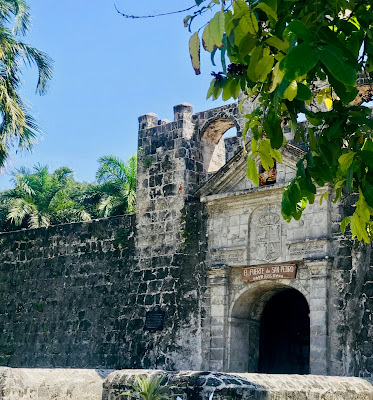




































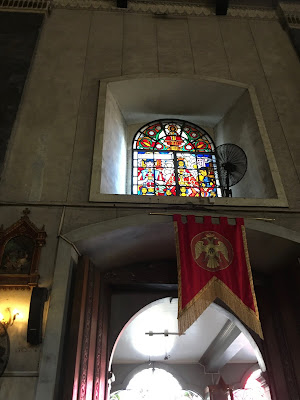

























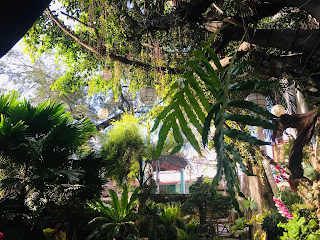

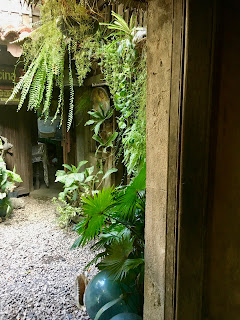






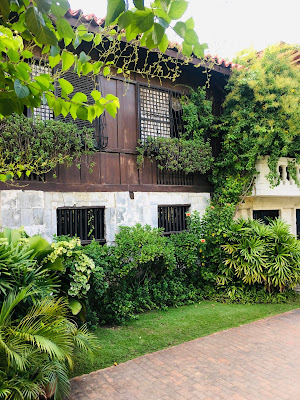


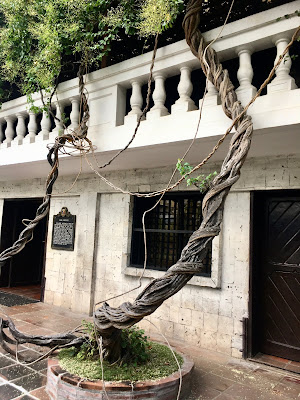


























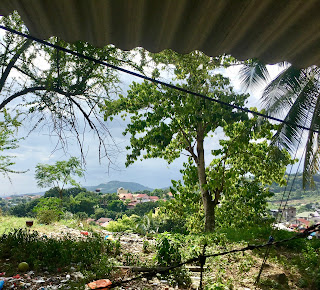
































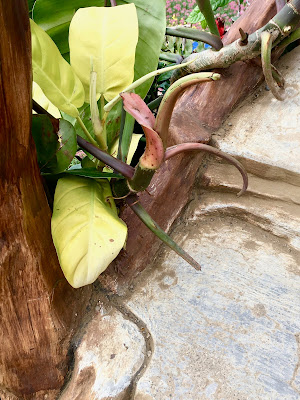
No comments:
Post a Comment